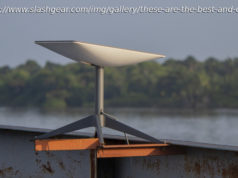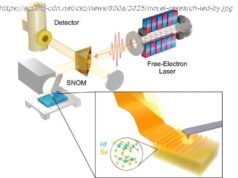The Asus ROG Swift OLED 27 and Alienware 34 QD-OLED are two of the best gaming monitors you can buy, but who claims the OLED crown?
In the span of only a few months, OLED has flooded the world of gaming monitors, and two models rise above the heights of others: Alienware’s 34 QD-OLED and Asus’ ROG Swift OLED 27.
I’ve used both extensively, and although they’re both among the best gaming monitors you can buy, Alienware’s 34 QD-OLED still wins the day. That doesn’t mean you should discount the ROG Swift OLED 27, also known as the PG27AQDM, though. It has a few unique advantages of its own.Asus ROG Swift OLED 27 vs. Alienware 34 QD-OLED: by the specsPricing tie, availability nightmare
There would be a large gap in price between the Asus ROG Swift PG27AQDM and Alienware 34 QD-OLED if Alienware hadn’t given its display a mid-gen refresh. You can have either display for the same price: $1,000. There’s a little more to each monitor, though.
The ROG Swift PG27AQDM is sold out everywhere. It will occasionally show up on Amazon for around $1,300, and there are models available on eBay for $1,200 to $1,500, but it will likely be several months before there are plenty of units in stock at the $1,000 list price. I saw something similar happen with the ROG PG42UQ, which is now readily available at list price.
There are alternatives available, namely the LG UltraGear OLED 27 and the Corsair Xeneon OLED 27, both of which use the same OLED panel as the PG27AQDM and are available at $1,000. If you want Asus’ model, which is excellent even outside the panel, you’ll need to wait for it to come back in stock.
The Alienware 34 QD-OLED doesn’t have stock issues, after being sold out for several months after launch. Not only is it available, it’s cheaper than it was when it released. The display launched at $1,400, but you can pick one up for $1,000 now.
That’s for the AW3423DWF, though, otherwise known as the FreeSync version of the Alienware 34 QD-OLED. There’s also a version available with Nvidia’s G-Sync Ultimate that bumps the refresh rate from 165Hz to 175Hz and the price to $1,200.
For the purposes of this comparison, the FreeSync and G-Sync versions are basically identical. You can spend a little more if you want Nvidia’s validation, but both versions support variable refresh rate across AMD and Nvidia GPUs, and although the FreeSync version has a slower refresh rate, you probably won’t notice a difference.OLED isn’t equal
I’m going to get this out of the way upfront: the Alienware 34 QD-OLED and Asus ROG Swift PG27AQDM blow away the vast majority of monitors in image quality. They are both based around OLED panels, allowing independent brightness control of each pixel, and they have fantastic HDR. There are important differences between them, though.
The PG27AQDM is a straight OLED monitor, but it’s also the brightest OLED monitor I’ve tested.






